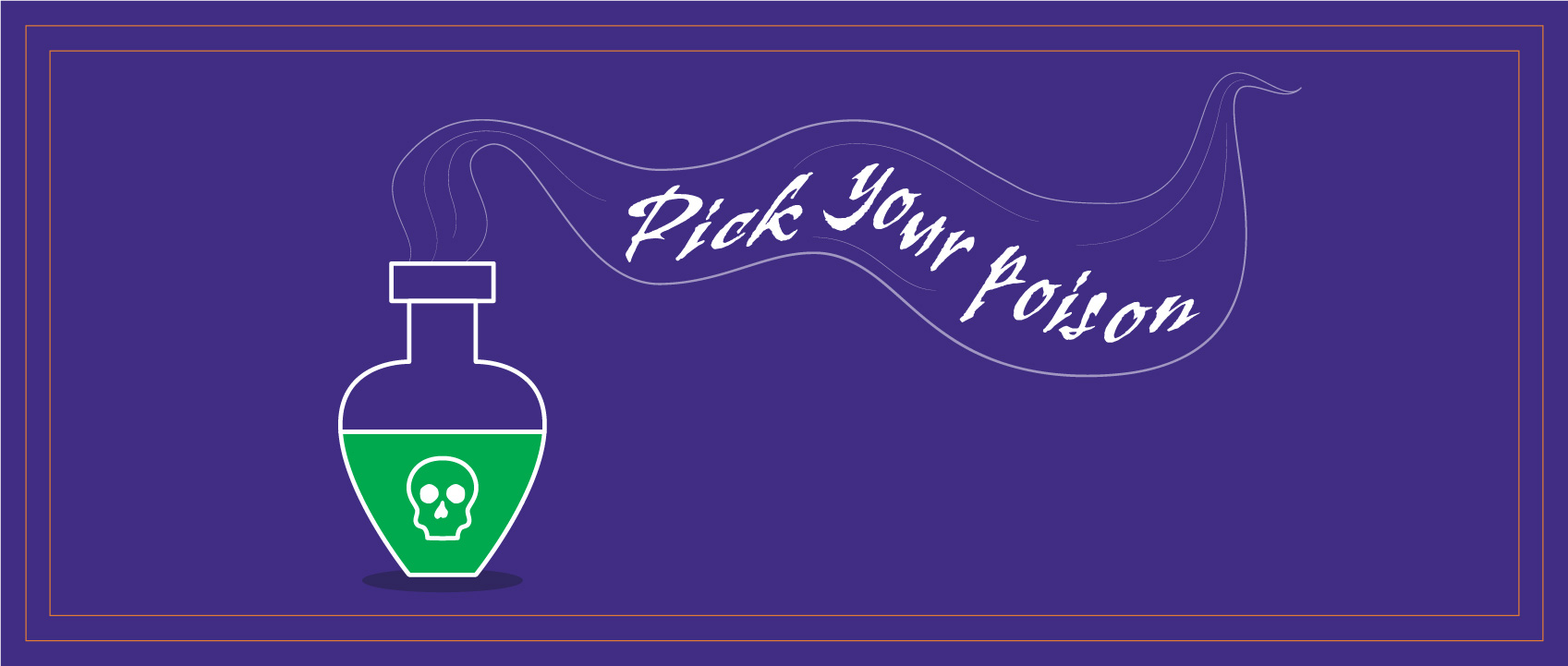- #
- ABC
- DEF
- GHI
- JKL
- MNO
- PQR
- STU
- VWXYZ
/ Fragrance / Lore’s Favourite Fatal Fragrances

Lore’s Favourite Fatal Fragrances
One of the cool things about nature is how a plant can be both beautiful and deadly, a poison and an antidote, or create an angelic aroma but have a devilish consequence should you touch it or eat it. Many notes in fragrance smell incredible but when consumed wrongly in the wild, can be fatal.
Here are some of our favourite fragrances containing such notes…proceed with caution.
Belladonna (after the “beautiful women” of renaissance Italy who used it to enlarge their pupils and flush their cheeks) is also known as Deadly Nightshade. Used for centuries as a medicinal cure, anesthetic, hallucinogen and a poison, this plant has quite the toxic reputation. Combined here with Dracula Orchid, Nicotiana plant, Maile Leaves and Ivy, this fragrance feels dangerous yet irresistible.
Connected with purity, sorrow and loss, Lily of the Valley is also known as “Mary’s Tears”, as some believe the plants to have sprouted from the tears of blood the Mother Mary cried at the crucifixion. The ingestion of a Lily of the Valley plant, its flowers or berries can be fatal. Mixed in this scent with biblical Eden Rose, Ivy and Orris root, Poison Ivy is an intoxicating concoction of a fragrance.
Bitter almonds are known to contain a compound that the human body breaks down into the poison cyanide. In many a murder mystery, the culprit is caught when the scent of bitter almonds is detected in the deceased’s food or drink. While Precious Forest is not necessarily a bitter almond scent, it is a green, forest-y almond scent that has a distinctly wild and mysterious allure to it.
Hyacinth is named after a mythological Spartan prince whose last mortal tears were said to have spurred the sprouting of the first hyacinth blooms. Nowadays, hyacinths are said to symbolise enduring love that perseveres even past death, a good thing too, considering their bulbs are highly toxic! Represented here alongside Gardenia, Petrichor and lush greenery, Saskia a stunning representation of the peril that can lie in nature’s beauty.
Believed by the ancients to help women ascend to the heavens after death, it became a tradition for irises to be planted on their graves. Most parts of the iris, particularly the bulb, are poisonous – but like many poisonous plants, they have also been used throughout history as an antiseptic and anti-inflammatory agent. Iris Cendré or “Ashen Iris” is a fragrance that so well encapsulates the melancholy of the hauntingly beautiful iris scent.
As far back as the 3rd century BC, rhubarb was used in China for its medicinal properties. However, used wrong, the plant – or more specifically its leaves, can be highly toxic. The toxicity comes from an acid the plant contains, which is what gives it that bitter scent and taste. That bitterness, though a well-balanced bitterness, definitely comes through in Study 17, which is itself inspired by nature.
Named after a water sprite who was turned into a shrub to escape the advances of Greek god Apollo, all parts of the Daphne plant are highly poisonous, perhaps as a mode of Daphne’s self-protection. Perfectly representative of the fact that desire can be destructive, even the sap from the branch of some types of daphne can cause skin irritation if you attempt to cut of the fragrant blossoms off. Radiant Gem incorporates the heavenly, ethereal scent of daphne softly, with Lemon Balm and Amber.










